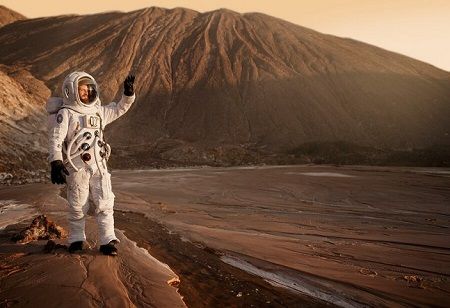An agreement of significant importance was signed between the United States and Japan at NASA Headquarters in Washington. The NASA Administrator, Bill Nelson, and Japan’s Minister of Education, Culture, Sports, Science and Technology, Masahito Moriyama, inked this historic deal aimed at propelling sustainable human exploration of the Moon. Under this agreement, Japan commits to the design, development, and operation of a pressurized rover tailored for both crewed and uncrewed lunar exploration endeavours.
In turn, NASA pledges to facilitate the launch and delivery of this rover to the lunar surface, along with offering two opportunities for Japanese astronauts to embark on lunar missions. This collaborative effort underscores the shared commitment of both nations towards advancing lunar exploration capabilities.
Moreover, this agreement dovetails with a broader announcement made by President Biden and Prime Minister Kishida, indicating a mutual aspiration for a Japanese astronaut to become the first non-American to set foot on the Moon in a future Artemis mission. However, the realization of this ambition is contingent upon meeting certain crucial milestones. The introduction of the pressurized lunar rover is envisioned to enhance the mobility and operational duration of astronauts on the lunar terrain, thereby facilitating more extensive and sustained lunar exploration missions.
The signing ceremony was attended not only by key governmental representatives but also by Hiroshi Yamakawa, President of the Japan Aerospace Exploration Agency (JAXA), underscoring the multi-faceted collaboration between NASA and its Japanese counterpart in advancing the frontiers of space exploration. This agreement signifies a significant stride towards fostering international cooperation in lunar exploration endeavours and holds promise for unlocking new horizons in our understanding of the Moon and beyond.

